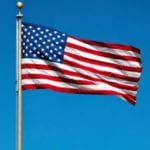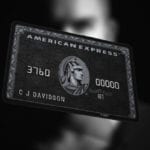 Technology
Technology  Technology
Technology  Humans
Humans 10 Everyday Human Behaviors That Are Actually Survival Instincts
 Animals
Animals 10 Animals That Humiliated and Harmed Historical Leaders
 History
History 10 Most Influential Protests in Modern History
 Creepy
Creepy 10 More Representations of Death from Myth, Legend, and Folktale
 Technology
Technology 10 Scientific Breakthroughs of 2025 That’ll Change Everything
 Our World
Our World 10 Ways Icelandic Culture Makes Other Countries Look Boring
 Misconceptions
Misconceptions 10 Common Misconceptions About the Victorian Era
 Mysteries
Mysteries 10 Strange Unexplained Mysteries of 2025
 Miscellaneous
Miscellaneous 10 of History’s Most Bell-Ringing Finishing Moves
 Technology
Technology Top 10 Everyday Tech Buzzwords That Hide a Darker Past
 Humans
Humans 10 Everyday Human Behaviors That Are Actually Survival Instincts
 Animals
Animals 10 Animals That Humiliated and Harmed Historical Leaders
Who's Behind Listverse?

Jamie Frater
Head Editor
Jamie founded Listverse due to an insatiable desire to share fascinating, obscure, and bizarre facts. He has been a guest speaker on numerous national radio and television stations and is a five time published author.
More About Us History
History 10 Most Influential Protests in Modern History
 Creepy
Creepy 10 More Representations of Death from Myth, Legend, and Folktale
 Technology
Technology 10 Scientific Breakthroughs of 2025 That’ll Change Everything
 Our World
Our World 10 Ways Icelandic Culture Makes Other Countries Look Boring
 Misconceptions
Misconceptions 10 Common Misconceptions About the Victorian Era
 Mysteries
Mysteries 10 Strange Unexplained Mysteries of 2025
 Miscellaneous
Miscellaneous 10 of History’s Most Bell-Ringing Finishing Moves
Top 10 Times The US Government Took Inanimate Objects To Court
We’ve heard about governments taking people to court. But what about the government taking nonliving things to court? As it turns out, the United States has done just that—and more than a few times.
It is hilarious and sounds weird, since, obviously, nonliving things cannot commit crimes or run afoul of the law. Nevertheless, some inanimate objects have ended up as defendants in court, as the following ten courtroom farces illustrate.
10 United States v. 434 Main Street, Tewksbury, Massachusetts
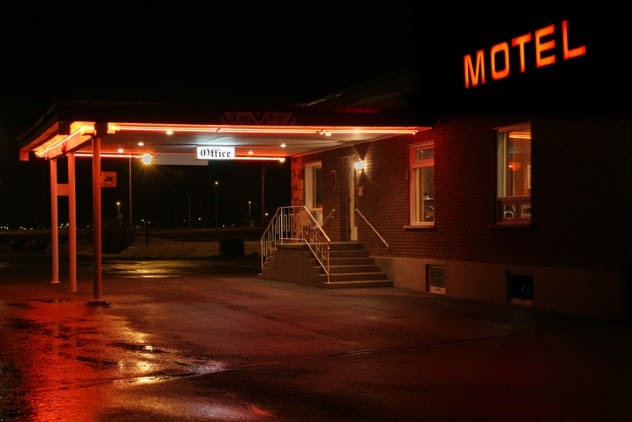
United States v. 434 Main Street, Tewksbury, Massachusetts was a joint litigation in 2012 by the Tewksbury Police Department and the US Department of Justice against a motel owned by Russ Caswell. The motel was built by Caswell’s father in 1955 and is located at the address stated in the lawsuit.
The Tewksbury Police Department and the Justice Department were working together to seize the property under a civil forfeiture law that allows the government to seize properties that have been used for crime. The government has often abused the law in what is said to be synonymous with daylight robbery.
The reasons for abusing the law boil down to money. In this case, the Justice Department hoped to sell the motel for about $1.5 million, out of which the Tewksbury Police Department would have received 80 percent. The police department ganged up with the Justice Department to seize the property because the state of Massachusetts was unlikely to allow them to do so.
In court, the plaintiffs argued that drug dealers often used the motel. This is even though the number of drug deals that happened in the motel was insignificant, a whopping 15 between 1994 and 2008.
A Massachusetts district court later ruled that the US government could not seize the property, since there is no evidence that Caswell and his wife were involved in any of the drug deals that happened in the motel. Besides, the government and police never made any attempt to stop drug dealers from using the motel and never warned the Caswells of any consequences should the drug deals continue.[1]
9 United States v. One Package Of Japanese Pessaries
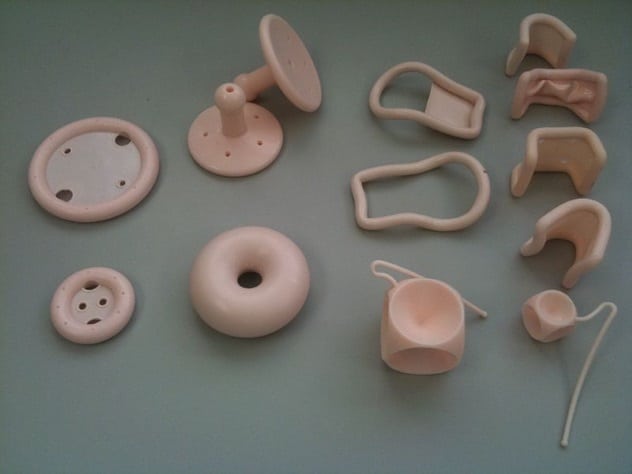
In 1873, the US Congress passed the Comstock Act, which forbade the sale and distribution of sexual materials, including books and contraceptives. The act was controversial among women’s right activists who promoted the use contraceptives for birth control. The US government followed the act up with the Tariff Act of 1930 that empowered the US Customs to seize any contraceptive shipped into the country.
In January 1933, the US Customs seized a package containing some contraceptives. The package was intended for Hannah Stone, a physician working with the Birth Control Clinical Research Bureau in New York. The bureau was owned by Margaret Sanger, a birth control activist, and was founded to distribute contraceptives to women. However, Sander fronted it as a research institution with interests in birth control.
Customs took the package to court instead of Stone. They claimed they did not need to charge Stone, since she had not received the package before it was intercepted. Sanger got two attorneys to defend the package in court. They argued that contraceptives were necessary to prevent diseases.
On December 10, 1935, a US district court ruled that Customs could not seize the package, since the Tariff Act did not apply to it. Customs took the case to the Court of Appeals, which, on December 7, 1936, ruled that physicians were exempted from the Tariff Act. The case was a landmark one, as it paved the way for physicians to sell contraceptives for birth control, unlike in the past, where they could only sell it to prevent or treat diseases.
8 United States v. Approximately 64,695 Pounds Of Shark Fins

In 2002, the United States Coast Guard (USCG) seized a US vessel transporting shark fins to Guatemala. The vessel, King Diamond II, had been contracted by Hong Kong-based Tai Loong Hong Marine Products, Ltd (TLH) to pick up some shark fins from fishing vessels on the high seas and ship them to Guatemala, where they were to be sold.
In court, the USCG argued that the ship violated the Shark Finning Prohibition Act, which forbade the sale of shark fins. The government initially named the ship as the defendant but later switched to naming the shark fins. The government argued that the King Diamond II qualified as a fishing vessel since it had aided another fishing vessel at sea. That made sense with the district court, which ruled that TLH forfeited the fins to the government.
TLH appealed the decision. It argued that the ship was not a fishing vessel, since it never assisted any fishing boat. Rather, it purchased shark fins from a fishing vessel. In 2008, the Court of Appeals sided with TLH, stating that the Magnuson Act that covered the Shark Finning Prohibition Act did not clearly explain what constituted a fishing vessel. And since the act never forbade the buying of shark fins, TLH had done nothing wrong.[3]
7 United States v. One Solid Gold Object In The Form Of A Rooster
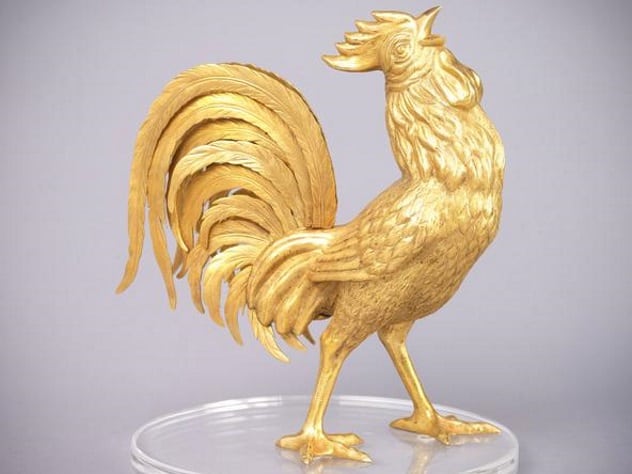
In July 1960, the US government issued an arrest warrant for a rooster—not a living one but a 6.4-kilogram (14 lb) rooster made of 18-carat gold. The rooster was exhibited in a glass display case at Nugget Casino, Sparks, Nevada. It had been sculpted in 1958 at the behest of the casino owner, Richard L. Graves, to advertise a fried chicken restaurant inside the casino.
The sculpture happened to have been commissioned at a time when the US needed more gold. Years earlier, the federal government had passed the Gold Reserve Act of 1934, which required Americans to surrender their gold to the Department of the Treasury. Secret Service agents met with Graves to inform him that he had violated the Gold Reserve Act but left him alone after confirming he’d received permission from the San Francisco Mint.
Things took a turn in July 1960, when federal agents arrested the rooster and sent it to a bank vault in California. The rooster appeared before a jury in July 1962, and Graves and the Treasury Department argued over whether it was an art or a tool of commerce.
The Treasury Department argued that the rooster was a tool of commerce since it was used for advertisement. Paul Laxalt, Graves’s attorney and future lieutenant governor, governor, and senator, argued that it was art. Laxalt won, and Graves got his golden rooster back. Had Laxalt lost, the rooster would have been melted down and added to the Federal Reserve.[4]
6 United States v. One Tyrannosaurus Bataar Skeleton
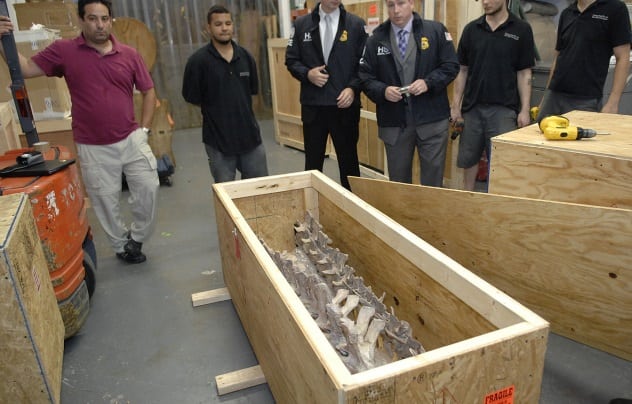
In 2012, Heritage Auctions in Dallas was preparing to auction the bones of a Tyrannosaurus bataar (aka Tarbosaurus bataar) when the auction was suspended by a court order. The order was filed on behalf of the Mongolian government, which suspected the 70-million-year-old fossil had been illegally excavated from the country and shipped to the US. Under Mongolian law, the state owned all fossils dug from the country.
The US government arrested the dinosaur and took it to court. The primary suspect, Eric Prokopi, was not charged because there was no evidence to indicate he had illegally obtained the fossil. However, investigations revealed that Prokopi had illegally excavated the fossil from the Gobi Desert in Mongolia and exported it to the US.
On October 17, 2012, Homeland Security agents searched Prokopi’s home, where they found another Tyrannosaurus bataar skeleton. A delivery truck even arrived at Prokopi’s home with more fossils while the agents were still there. The US government charged Prokopi in another case named The United States of America v. Eric Prokopi.
Besides illegally excavating the fossils, Prokopi faced other charges for customs fraud, since he had lied to US Customs about the content of the package containing the dinosaur remains.[5] He was sentenced to three months’ imprisonment. He could have received as many as 17 years, but the judge was lenient with him because he cooperated with investigators.
5 United States v. Forty Barrels & Twenty Kegs Of Coca-Cola
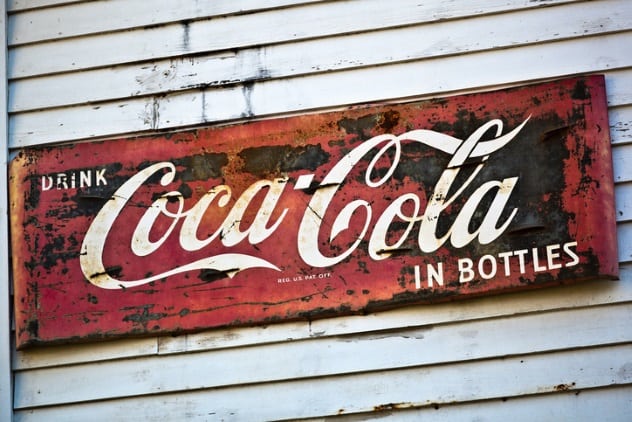
On October 20, 1909, US federal agents enforcing the Pure Food and Drug Act seized 40 barrels and 20 kegs of Coca-cola syrup as it was being transported from Atlanta, Georgia, to Chattanooga, Tennessee. The act had been passed to prevent anyone from selling dangerous foods to the public. Coca-Cola contained caffeine, a stimulant that the Department of Agriculture claimed was dangerous to the body.
The Coca-Cola Company and the government met in court in 1911. On the side of the government was Harvey Washington Wiley of the Department of Agriculture. Wiley argued that caffeine was poisonous. Wiley targeted Coca-Cola instead of tea or coffee, which contained more caffeine, because caffeine was not a natural ingredient of Coca-Cola and because the Coca-Cola Company marketed the drink to children.
The Coca-Cola Company contracted Harry Hollingworth to launch a study into the effects of caffeine on the body. Harry concluded that while Coca-Cola was a mild stimulant, it was not dangerous to the body. The US government lost the case after the judge determined that caffeine was a necessary ingredient in Coca-Cola. The US government appealed the decision and lost but later found victory in the Supreme Court in 1916. This made Coca-Cola reduce the caffeine content of its drink.[6]
4 United States v. Thirty-Seven Photographs
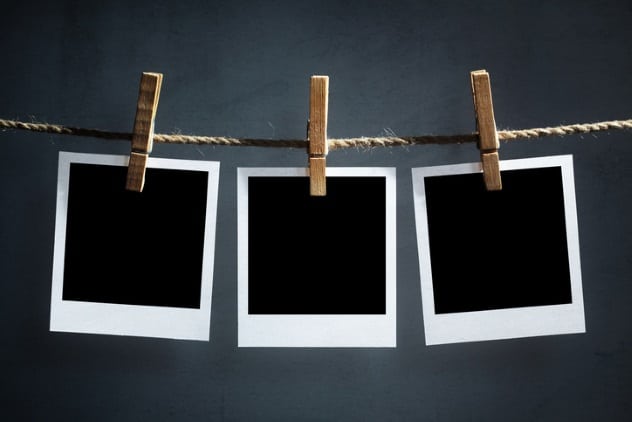
In 1971, the US government took legal action against 37 obscene photographs that were brought into the country by Milton Luros on October 24, 1969. US Customs seized the photographs since they ran afoul of the law banning the importation of pornographic material.
Luros argued that the pictures were not pornographic material. While they could be classified as obscene, he only planned on adding them into a book detailing different sex positions. The court determined that the law banning the importation of obscene materials was unconstitutional and ruled that Customs return the photographs to Luros.[7]
3 United States v. $124,700 In U.S. Currency
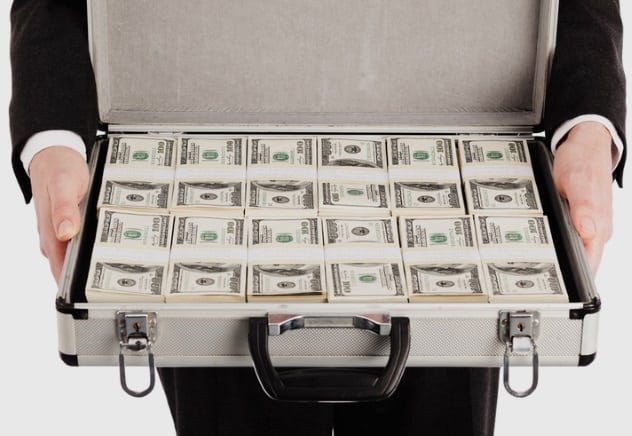
On May 28, 2003, Emiliano Gomez Gonzolez was driving along Interstate 80 in Nebraska when he was stopped for speeding. During questioning, the trooper realized that Gonzolez’s name was not the same as on the rental contract. A sniffer dog also barked at the vehicle. This culminated in the trooper searching the vehicle and finding $124,700 hidden inside a cooler. He promptly seized the money.
In 2006, Gonzolez’s business partners denied all charges of drug dealing in court. They claimed they had all contributed the money to buy a refrigerated truck they needed for a new business. Gonzalez had flown to Chicago to get the truck, but it had already been sold.
He could not return by air because he had purchased a one-way ticket, thinking he would drive the truck back. He did not use his name to rent the vehicle, either, but depended on someone else to rent it for him since he had no credit card.
The court determined that the money had nothing to do with drugs and ordered it returned to Gonzolez. An appeals court overturned this judgment, ruling that the police had the right to seize such huge amount from anyone.[8]
2 United States v. Eight Thousand Eight Hundred And Fifty Dollars In United States Currency
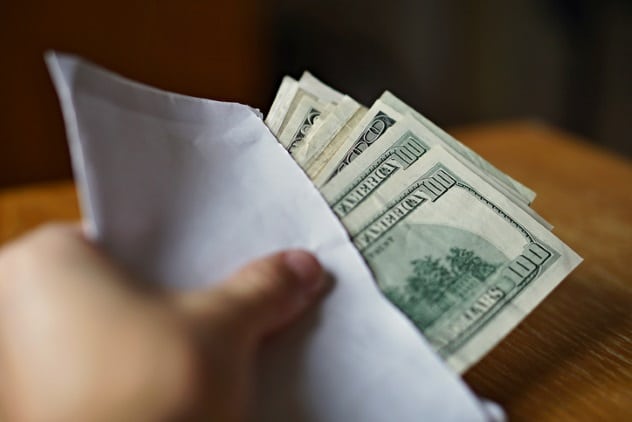
On September 10, 1975, US Customs seized $8,850 from Mary Josephine Vasquez as she arrived from Canada at the Los Angeles airport. US law requires that anyone with more than $5,000 worth of currency on them declare it upon entering the US. Vasquez never did. When a Customs agent asked, she said she had less than $5,000 on her.
The Customs officer later discovered she had $8,850 on her and seized it. Customs initially thought Vasquez was involved in drugs but still held onto the money even after investigations revealed that she had nothing to do with drugs. They argued that she had deliberately lied to a Customs officer. In March 1977, the US Customs took legal action to make Vasquez forfeit the money to the government.
Vasquez tried making the court throw the lawsuit out on grounds that the 18 months that had lapsed between the time the money was seized and the lawsuit was filed violated due process. A district court stated that the time was normal considering the circumstances and ruled that the government could take the money. An appeals court reversed this decision.[9]
1 United States v. One Lucite Ball Containing Lunar Material (One Moon Rock) And One Ten Inch By Fourteen Inch Wooden Plaque
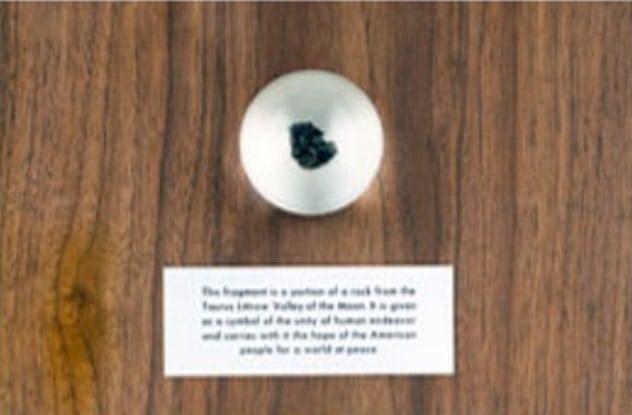
On March 24, 2003, a US District court in Florida decided a case between the US government and 1.1 grams of Moon rock attached to a wooden plaque. The rock and plaque had been gifted to Honduras by President Nixon in 1973. The plaque was kept at Honduras’s presidential palace, where it went missing before reappearing in the US.
The plaque was in the possession of Alan Rosen, who had purchased it from retired Honduras colonel Roberto Argurcia Ugarte for $50,000. The colonel initially wanted $1 million but later settled for $50,000. This was even though specks of lunar dust had sold for ten times that amount around that time. The colonel stated that the rock and plaque were gifted to him after a coup in 1973.
Rosen paid $10,000 in cash, gave the colonel a refrigerated truck worth $15,000, and gave him another $10,000 in two $5,000 installments. He still owed the colonel $15,000 but did not pay, since he later lost the rock to the US government.
NASA had heard of the rock and launched an undercover operation to retrieve it. An agent posted an ad in a newspaper requesting for someone who wanted to sell Moon rocks. Rosen responded to the ad and proposed selling his rock for $5–10 million but settled for $5 million.
US Customs got involved in the sting operation, which culminated in a May 4, 1999, request by the Honduras government for the return of the plaque and rock. It was determined that the plaque and rock had been stolen between 1990 and 1994. The US government sued to retrieve the rock from Rosen and won.[10]
For more complete wastes of courts’ time, check out 10 Of The World’s Most Ridiculous Lawsuits and 10 Silliest Lawsuits Ever Heard In Court.

